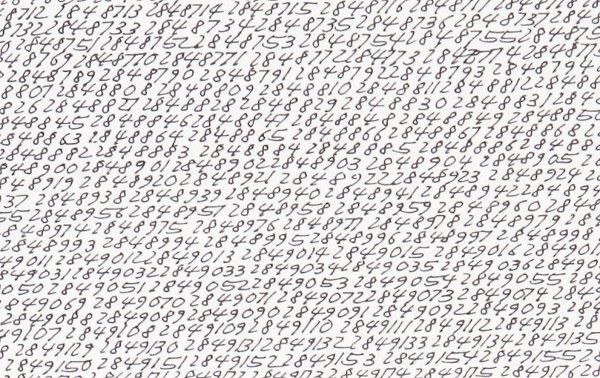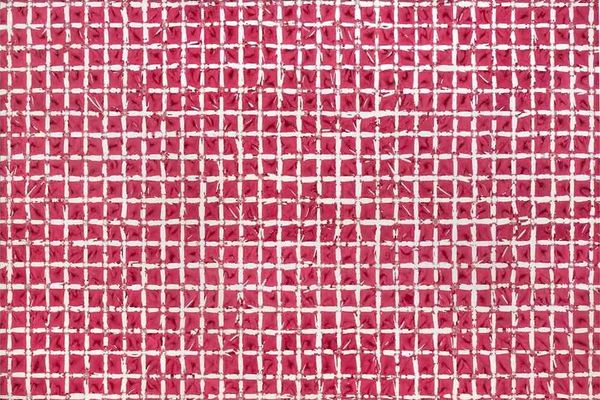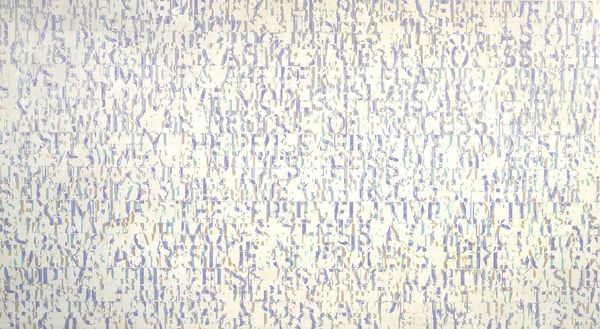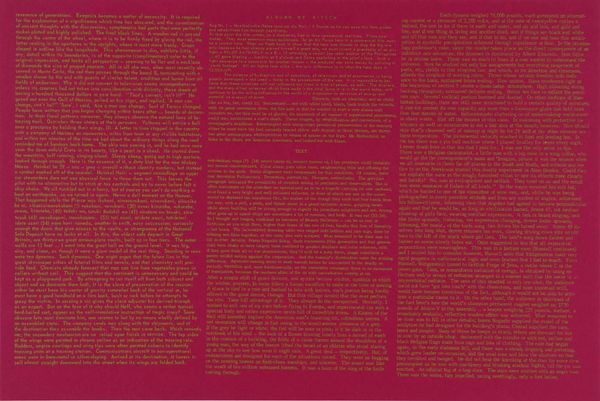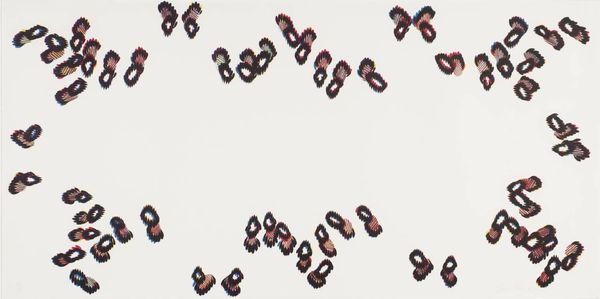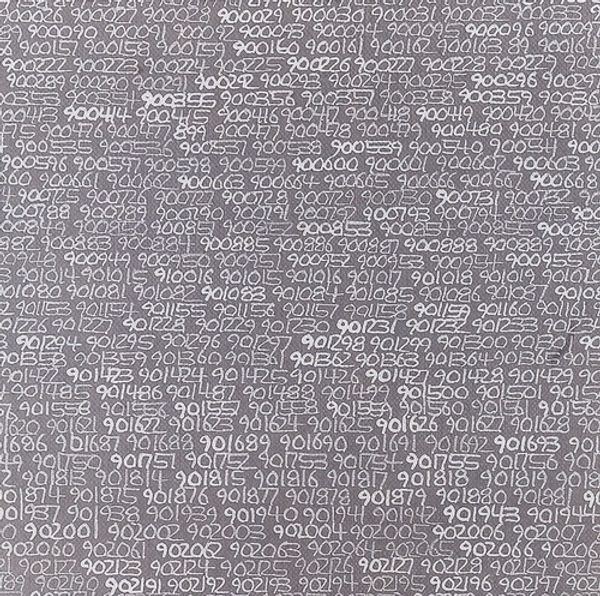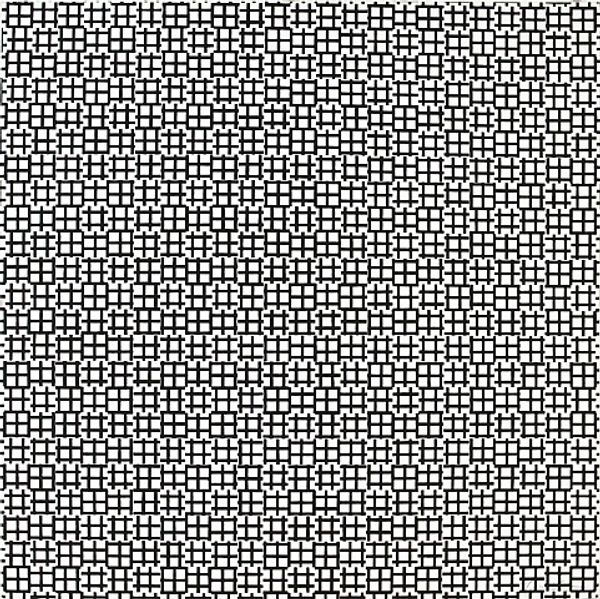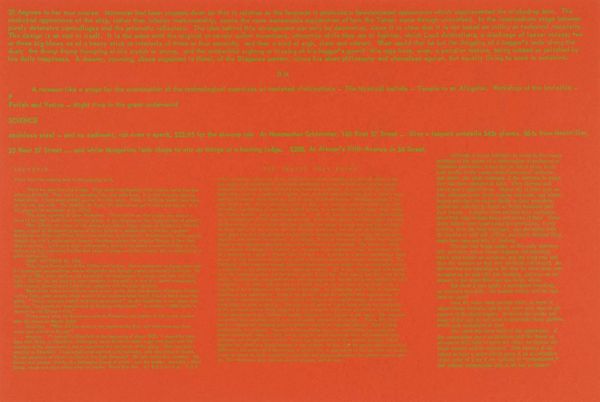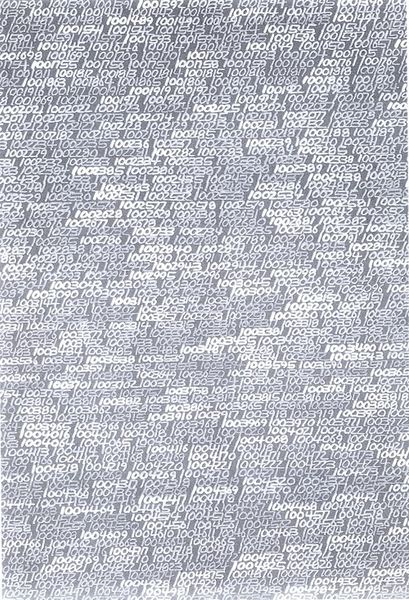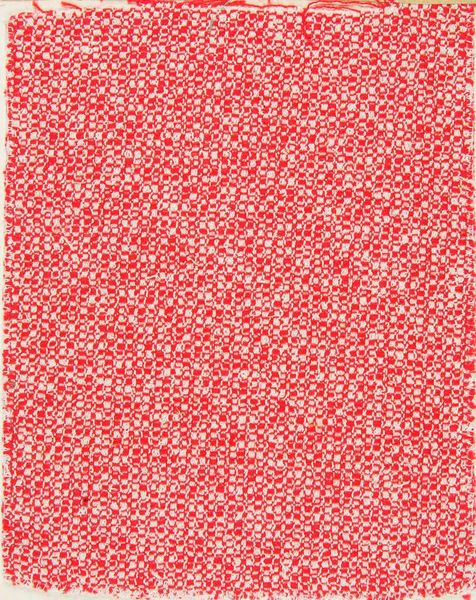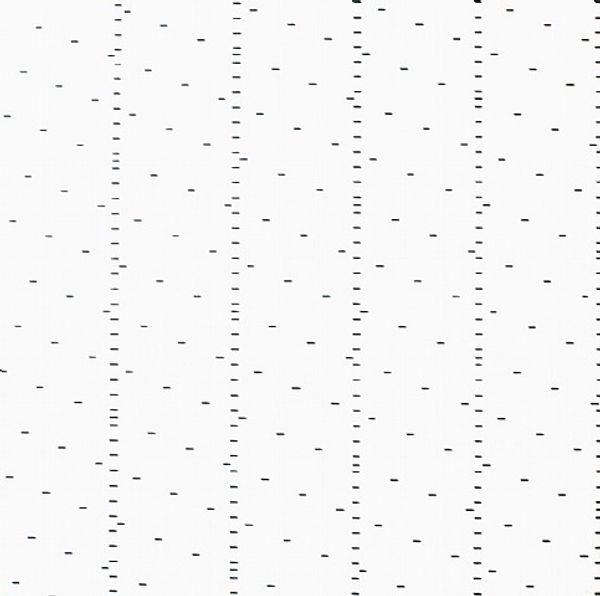
Dimensions: support: 2744 x 4273 x 61 mm
Copyright: © Fiona Banner | CC-BY-NC-ND 4.0 DEED, Photo: Tate
Curator: Looking at Fiona Banner’s "Break Point" at the Tate, the first thing that strikes me is the overwhelming field of red text. It feels chaotic, almost violent in its visual density. Editor: Indeed. Banner, born in 1966, is well-known for her textual landscapes. This piece, rendered in enamel on canvas, presents a visceral narrative through the deconstruction of cinematic language. Curator: The choice of enamel is interesting. It lends an industrial feel, suggesting a mass-produced quality that clashes with the handmade nature of painting. Editor: Precisely. Banner is highlighting the process of translating a high-octane film scene—likely a car chase—into a static, material object. It prompts us to question the labor involved in both the making and the viewing. The text is extracted from a film script, re-presenting it. Curator: The red amplifies the violence, but also evokes a sense of spectacle, linking it to the commodification of action in mainstream cinema. I wonder how audiences receive its social critique in the gallery space. Editor: I find myself reflecting on how the art market handles such an artwork dealing with the aesthetics of violence. Curator: Ultimately, "Break Point" challenges our consumption of narratives and the materials that deliver them.
Comments
Join the conversation
Join millions of artists and users on Artera today and experience the ultimate creative platform.
tate 6 months ago
⋮
Banner made a series of works based on the verbal description of a film scene. Here, she describes the frantic chase scene in Point Break 1991, directed by Kathryn Bigelow. Banner explained that ‘Action adventure movies ... [are] always stretching the possibilities of the screen… containing what the eye can’t hold, always too fast to see everything’. Written out, the crescendo is slowed down, as viewers are forced to read the narrative in a steady manner. Banner acknowledged this, observing that ‘when it’s translated into words … [the scene] becomes this kind of shaggy-dog story ... the opposite of keen imperative momentum.’ Gallery label, September 2016
